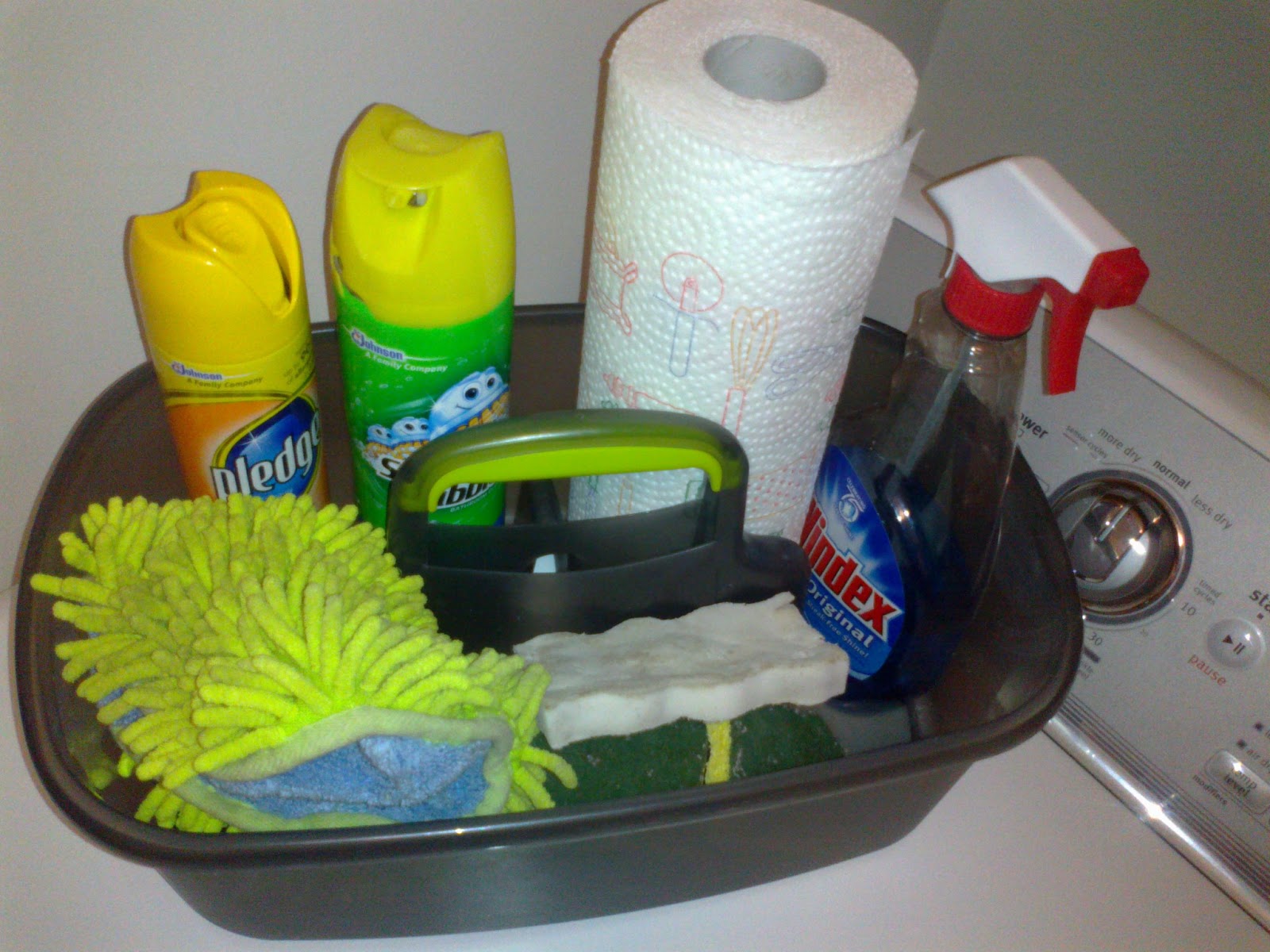Upcycled Crayons

When my son first discovered coloring, he was eager to color on anything that didn't move too fast. Now that he's nearly two, his favorite thing to do with the crayon box is throw them on the floor, excitedly saying "whoa!". He then picks up the crayons, puts them back in the box, and repeats the process. When he tires of throwing them all over and returns to coloring, the smashed crayons are too small to use. So I made new crayons from all the little pieces. Time needed: 45 minutes (or more if you have a lot of crayons) Yield: Depends on the number of crayons Ingredients: silicone baking cups (or foil lined cupcake tins) cookie sheet lined with aluminum foil (I reused an old piece) cutting board knife old crayons Preheat oven to 250 °F. Gather all the crayon bits and remove the paper from the crayon. Score the paper for faster and easier removal. Chop the crayons into small pieces. Place heaping amounts of crayon bits into the baking cups, a...


